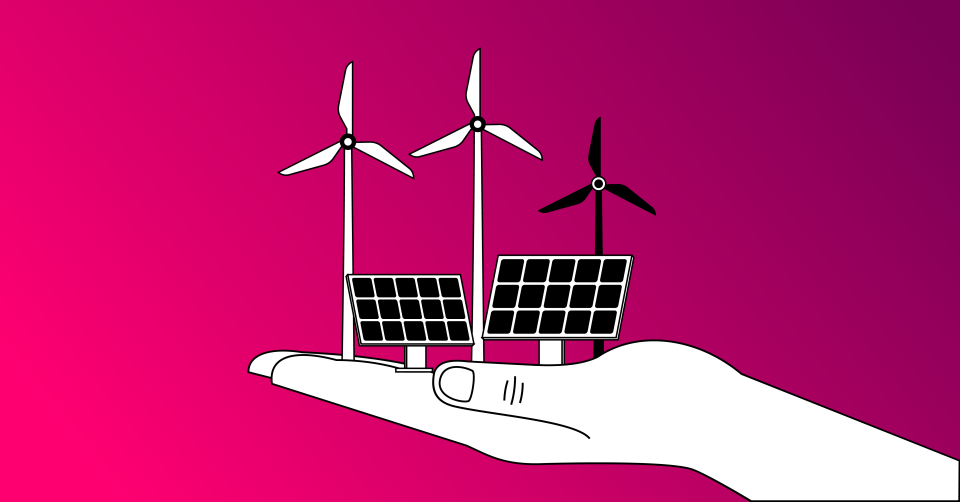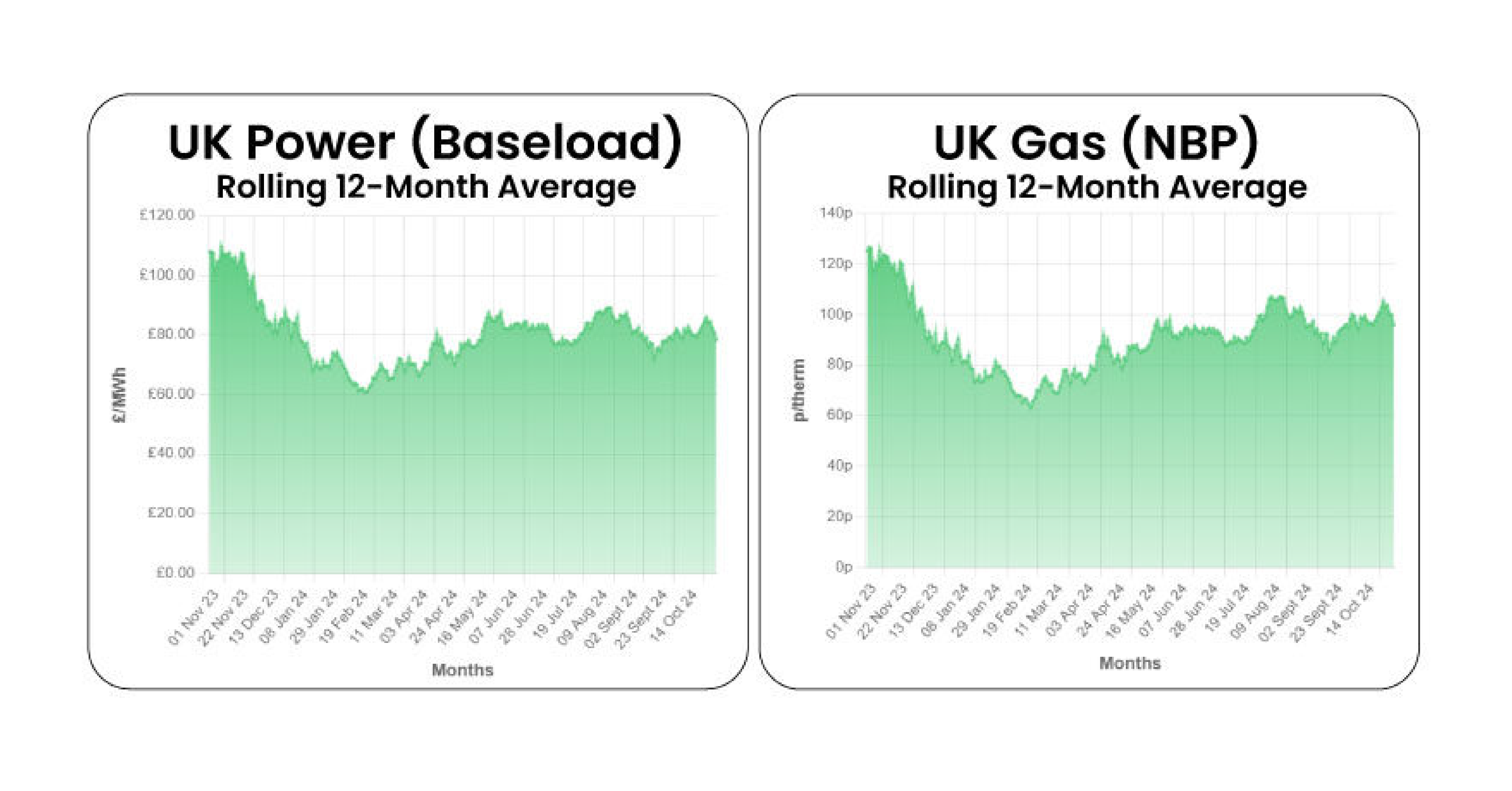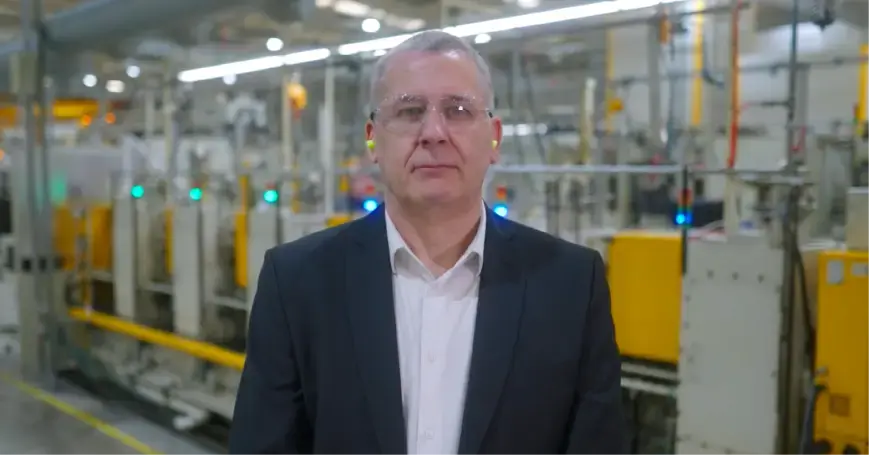Understanding Nuclear RAB Charges and TNUoS Tariff Rises (2025–2030)
From nuclear financing to grid infrastructure, the cost of powering the UK is shifting and the burden is increasingly falling on commercial and...
3 min read
![]() True Group
:
Sep 4, 2025 3:38:59 PM
True Group
:
Sep 4, 2025 3:38:59 PM

Both solar and wind are proven renewable options for businesses. But there’s no universal 'best' answer, each comes with trade-offs that depend heavily on your site, your energy profile and your long-term strategy.
Solar is often cheaper and easier to install, particularly for businesses with large rooftops or car parks. Wind, on the other hand, can be more efficient, producing more energy per unit and generating power at night, but it usually faces tougher planning hurdles and more complex maintenance.
That’s why making the right choice isn’t about gut feel or a headline cost per MWh. It’s about weighing up a broader set of factors from upfront capex and payback to permitting, land use, maintenance and how well the technology matches your actual energy consumption.
The radar graph below shows how solar and wind stack up across these categories, offering a quick way to spot their relative strengths and weaknesses.
.png?width=461&height=350&name=image%20(3).png)
Comparing Solar and Wind in Practice
When we run the numbers with clients, solar often dominates in areas like upfront costs, land efficiency and ease of deployment. A rooftop system can be modular, scaling with demand, and is widely accepted by stakeholders from planning authorities to employees. Wind, by contrast, usually offers a higher capacity factor, meaning you get more power per unit of capacity and crucially, it can generate at night.
But higher efficiency doesn’t automatically mean it’s the better option. A project that looks strong on paper can still be derailed by permitting delays, unsuitable site conditions, or an energy load profile that doesn’t line up with when the turbine is producing power.
Key Takeaways from the Comparison
It’s also important to consider grid connection and load profile. Exporting surplus electricity can attract low tariffs or run into grid constraints. Aligning generation with your actual usage hours often delivers the best value. With True, you can model these variables in seconds, stress-test different scenarios and see not just the technical feasibility but the commercial return.
Case Study
True Group works with companies that all have different energy demands, operations and geographical constraints. One customer, with an annual daytime usage of around 1 GWh (1,000,000 kWh), asked us: “What’s the best renewable option for us?”
Our analysis showed the following:
For this business, accommodating this solar panel capacity across their available roof space was both feasible and practical. In contrast, the planning complexity and associated risks of installing a turbine made wind less attractive. Local wind conditions were also minimal, limiting the potential return. Solar, on the other hand, offered a guaranteed match to their daytime load and delivered clear long-term savings compared to grid electricity. Ultimately, they chose a solar-first strategy for a reliable and scalable solution to cut both costs and emissions.
Where True Makes the Difference
Making these trade-offs without the right tools can be complex. That’s where True comes in:
Whatever your portfolio and energy demand looks like, talk to True Group. Our experts can guide you through the trade-offs and direct you to the renewable solution that best fits your business.

From nuclear financing to grid infrastructure, the cost of powering the UK is shifting and the burden is increasingly falling on commercial and...

Private-sector activity in the euro zone continued its downward trend for the second consecutive month in October, with declines primarily driven by...

‘When I first looked at the energy situation for Trelleborg UK, it was daunting. There were so many different contracts, so many things that weren't...